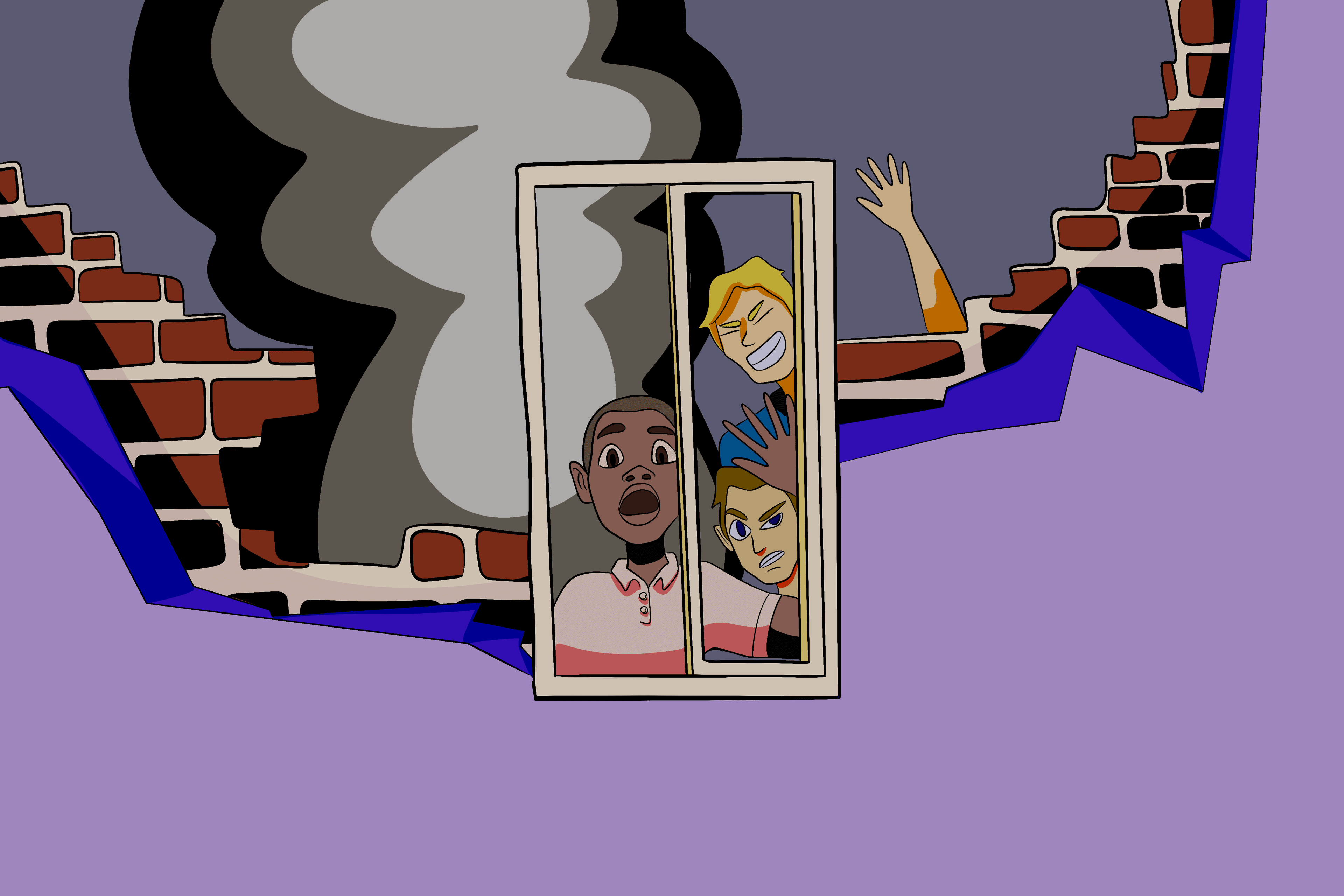Damaged Property? Here's What You Need to Know
By Partha Ladkat
2025-06-09
Share:

When renting out a property, occasional wear and tear is expected. However, damage caused by negligence or intentional acts is another matter entirely. Both landlords and tenants in British Columbia, should understand their rights and responsibilities under the Residential Tenancy Act (RTA). Here’s a short guide to what happens if there are damages to a rental property.
Defining Damage vs. Wear and Tear
It’s essential to differentiate between reasonable wear and tear and tenant-caused damage:
Reasonable Wear and Tear: This includes minor scuffs on walls, worn carpets, or faded paint, which occur naturally over time. The landlord is responsible for these repairs.
Tenant-Caused Damage: This refers to harm caused by negligence, misuse, or intentional acts, such as broken windows, large holes in walls, or appliance damage due to improper use. Tenants are financially responsible for these damages (Residential Tenancy Act, Section 32).
Tenant Responsibilities for Damage
Under the Residential Tenancy Act, tenants must:
Report Damage Promptly: Tenants are required to notify the landlord of any significant damage as soon as possible. Failing to report damage could worsen the problem, increasing repair costs.
Repair or Pay for Damage: Tenants are generally responsible for:
Hiring qualified professionals to complete repairs (if approved by the landlord).
Reimbursing the landlord for repair costs.
For example, if a tenant in Kelowna accidentally breaks a window while moving furniture, they must either replace the window themselves or compensate the landlord for the cost.
Avoid Alterations Without Consent: Making unauthorized alterations (e.g., painting walls or drilling holes) without the landlord’s approval may be considered damage and require restoration to the original condition.
Landlord Rights and Responsibilities
Landlords have specific rights and duties when it comes to tenant-caused damage:
Conducting Regular Inspections: Landlords in BC can schedule inspections with proper notice (at least 24 hours), allowing them to monitor the property’s condition.
Claiming the Security Deposit: If a tenant causes damage, the landlord may deduct repair costs from the tenant’s security deposit. To do so, they must:
Provide the tenant with an itemized list of deductions.
Return the remaining deposit balance (if any) within 15 days of the tenancy ending (Security Deposits and Claims).
Documenting Damage: Landlords should document the property’s condition with photos, videos, or written reports. A move-in condition inspection report signed by both parties is crucial evidence for resolving disputes.
Filing for Dispute Resolution: If repair costs exceed the security deposit or the tenant disputes the charges, landlords can apply for dispute resolution through the Residential Tenancy Branch (RTB).
Resolving Damage Disputes
Disputes over property damage are common. In 2024, the RTB reported that 20% of tenancy disputes involved disagreements about damage charges (RTB Dispute Statistics). Here’s how landlords and tenants can resolve such issues:
Communication First: Both parties should attempt to resolve the matter informally by discussing the issue and reviewing documentation.
Dispute Resolution Services: If no agreement is reached, the RTB offers mediation and arbitration services to determine a fair outcome.
Tips for Preventing and Managing Damage
Both landlords and tenants can take steps to avoid disputes and manage damage effectively:
For Landlords:
Use the standard BC tenancy agreement, which includes clear clauses about tenant responsibilities for damage.
Require a security deposit (equivalent to half a month’s rent) and, if applicable, a pet damage deposit.
Conduct a move-in and move-out inspection with the tenant to ensure transparency.
For Tenants:
Report damage promptly to prevent escalation.
Request permission for alterations and document any approved changes.
Maintain open communication with the landlord to address concerns before they become disputes.
Ending Notes
Damage to rental property is an unfortunate but manageable aspect of tenancy. By understanding their rights and responsibilities under the Residential Tenancy Act, tenants and landlords can resolve issues fairly and efficiently. Proper documentation, open communication, and adherence to BC’s tenancy laws are key to minimizing conflict and maintaining a positive rental experience.